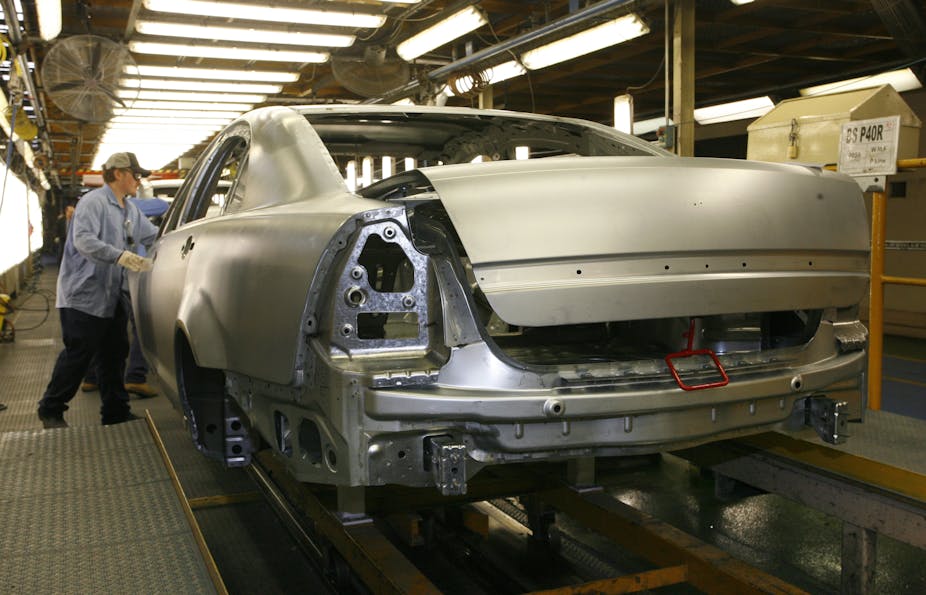The decision to terminate the statutory formula method under the fringe benefits tax regime will have significant ramifications on the car industry, the local car manufacturing industry and employment.
The move, part of Prime Minister Kevin Rudd’s announced $3.9 billion of cuts or deferrals to government spending to help the transition of the carbon tax to an emissions trading scheme, will bring a saving of $1.8 billion over the forward estimates.
As highlighted in the Bracks review, over 50% of new cars are acquired under the car benefits tax regime and at least 75% of domestic sales of locally produced vehicles are to government and business sector. Will businesses still buy locally produced vehicles once this tax regime is terminated?
The statutory formula method was introduced in 1986 under the Button Plan to protect the economic viability of the Australian motor vehicle industry. It was indirectly designed to support the local car industry through subsidising vehicle cost. Axing this benefit may make car manufacturers of large vehicles such as the Holden Commodore no longer sustainable.
It is hard to believe that the Australian automotive industry had been consulted on this latest announcement. In the past, the local car industry has rejected any proposal to reform the statutory formula method or any suggestion of removing the car benefit altogether.
For example, Holden expressed their concern to the Henry Review that the operation of the FBT system was vital to the sustainability of the local industry and “without the car FBT concession, there would be little incentive to offer cars as fringe benefit, and employees left to their own devices would be more likely to buy imported vehicles”.
The same was argued back in the 1999 Ralph Review of Business taxation, when the local car industry argued “… any tightening of the formula would damage its sales and encourage employers to choose cheaper, imported cars”. The 2009 Senate Standing Committee in Rural and Regional affairs and Transport believed that support to the Australian MVI extended to the car FBT concession.
In 2009, the Federal Chamber of Automotive Industries urged the Henry Review to carefully consider the implications of their recommendations to Australia’s car industry and the effect that changes to the statutory formula method might have on purchasing decisions by business.
Past submissions and reviews do not support Industry Minister Kim Carr’s assertion that cutting the statutory formula method will not have an adverse impact on Australia’s car industry. The tax changes may prompt Holden to finally decide that manufacturing in Australia is no longer sustainable, which will inevitably lead to job losses. Further job losses may also arise in the automotive industry, given at least half of all new vehicles are acquired under the fringe benefits tax regime.
In terms of environmental policy, axing the statutory formula method is a good policy because it indirectly reduces road transport carbon emissions and reduces the number of vehicles acquired each year. Australian taxpayers will no longer be subsidising the cost of high carbon emitting vehicles, which are mostly acquired under the FBT regime.
A 2009 study by Copenhagen Economics found that the car benefit tax regime increased the number of cars being purchased, which were mostly bigger and higher-emitting vehicles. Evidence in the National Transport Commission’s 2012 Light vehicle emissions report also found that new passenger vehicles acquired by business and government have higher emissions than new vehicles acquired by private consumers.
Axing the statutory formula car benefit maybe a good decision for the environment, but what will be the economic and industrial fallout from removing this subsidy? Did the Australian government consider the impact of its policy decision, or was it made on the run?

